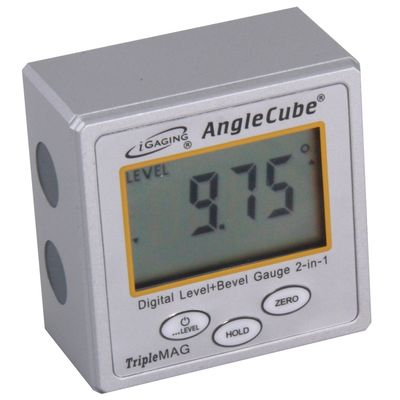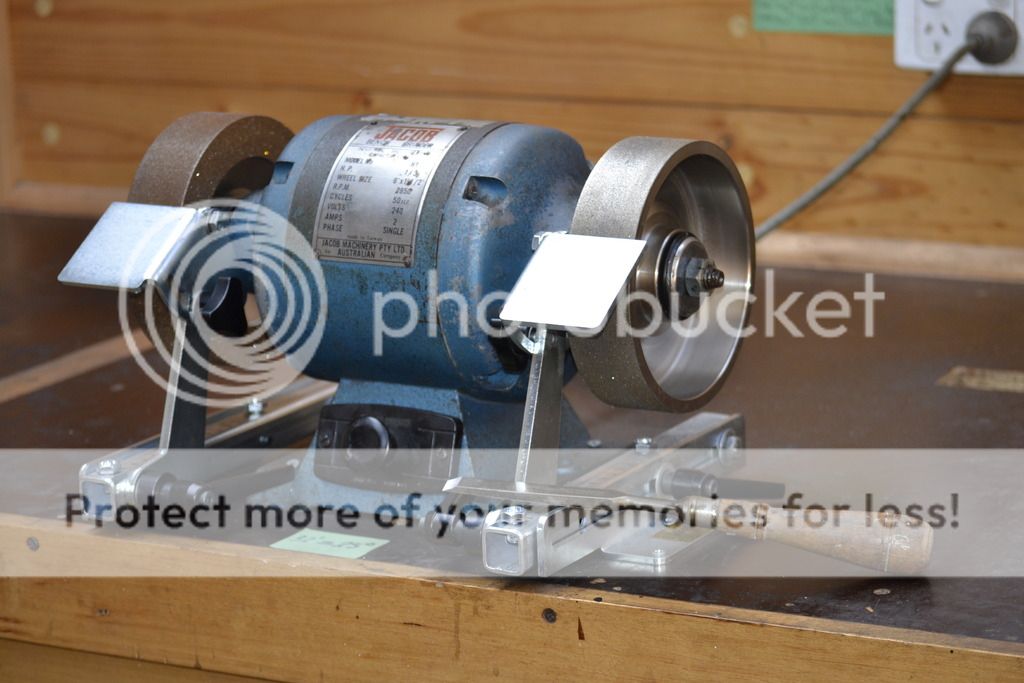ED65":3ukeoste said:How is this daft? That's exactly what a sharp edge is. If it's not then pray tell what is it?Jacob":3ukeoste said:...along with the daft mantra: "a sharp edge is the intersection of two flat planes" as often repeated, with variations. :roll:
While I'm a big supporter of freehand sharpening I'm not blind to how good it can be. You shouldn't be either.Jacob":3ukeoste said:...no more effective than the old freehand simple methods
Jigged sharpening, powered or by hand, can routinely create edges superior to those that the great majority of freehand sharpeners are capable of. That's a proven fact. The key point is however that freehand sharpening only done a reasonable standard is good enough for most people, for most jobs. But good enough is not the same as equally good.
I think there is a degree of subtlety in sharpening that many don't get. There's no reason that jigged sharpening would create a better edge than freehand except in the case where someone is not very good at freehand sharpening.
If it's an issue of beginners, that may be something entirely different.
The planes that intersect don't need to be flat, either, not even in an ideal sense. two curved surfaces meet at 30 degrees at the terminal point and two flat surfaces meet at 30 degrees, there isn't anything better about the flat bevels unless some area back from the curved bevels lacks strength.
(I recognize that before I had a good handle on freehand sharpening, it was easier to create a consistent edge with a guide, but that's just a matter of experience).


































